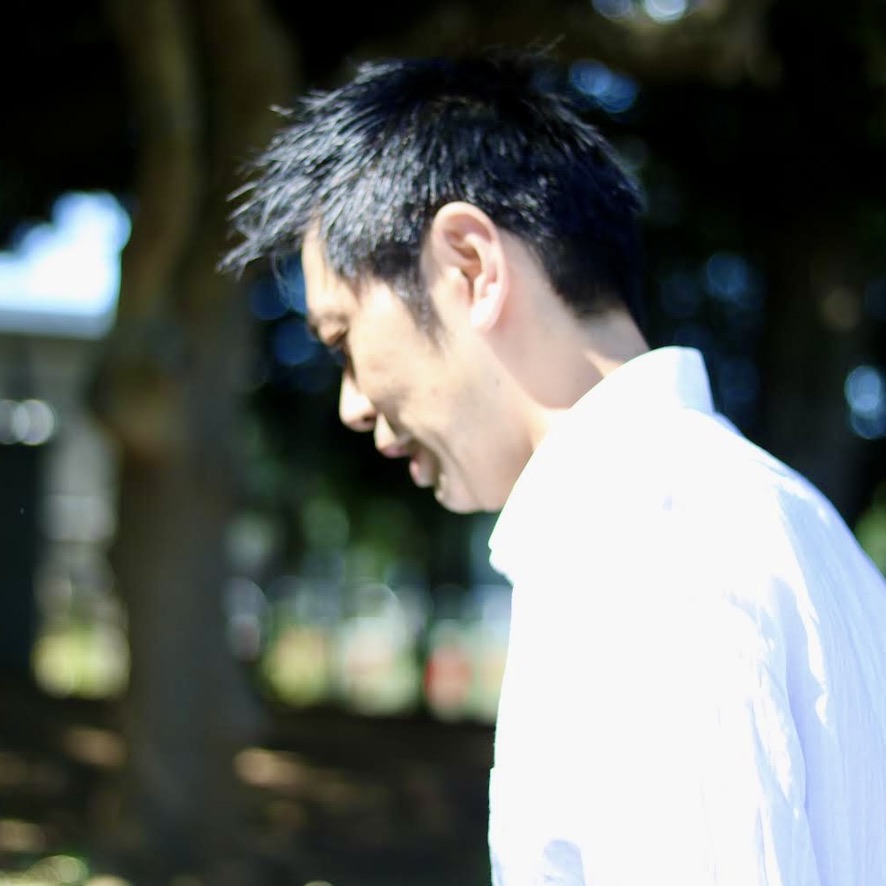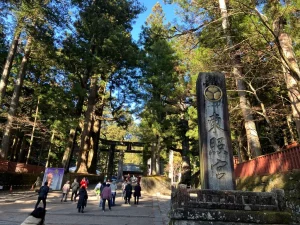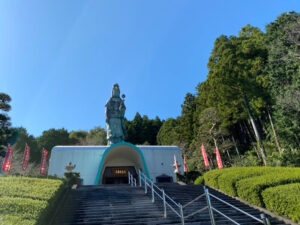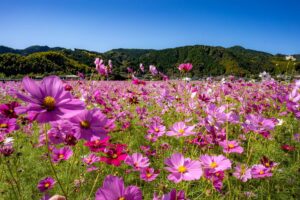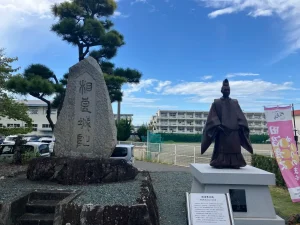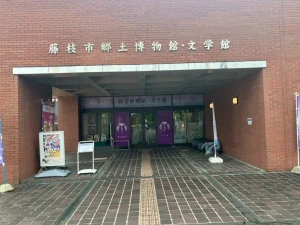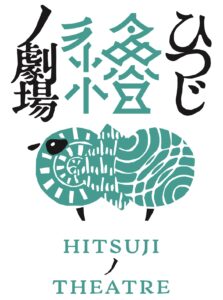This article was created using a translator. There may be expressions that are difficult to understand. If you have any questions, please check by yourself.
Please consult us about anything related to Fujieda City.
CONTACTHello~!
I know this is sudden, but Fujieda City is famous for tea, isn’t it? Yes, it is famous for tea. But what is the most expensive type of tea?
Gyokuro.
You have heard of it, right?
Then, what are the three major tea-producing regions in Japan?
Uji in Kyoto Prefecture, Yame in Fukuoka Prefecture, and Fujieda City Asahina in Shizuoka Prefecture. ‼️
So this time I went to the “Gyokuro no Sato” in the Fujieda City Asahina area…
Translated with DeepL.com (free version)
Home of the Gyokuro
Gyokuro-no-sato” seems to refer to the area around ‘Roadside Station Gyokuro-no-sato’ in Asahina, Fujieda City. There is a tea ceremony room “Hyogetsu-tei” and a restaurant/grocery store “Chanokatei”.
It seems that they also hold events such as wedding photo shoots, so check out the GYOKURO NO SATO website for more details.
Also on the same site is the Asahina Ryusei/Insect Museum (formerly the Furusato World Insect Museum), which was renovated on June 24, 2023.
It seems that insect maniacs come from all over Japan. Please stop by together with Gyokuro-no-sato~!
Hyogetsu-tei Tea House
Well, to be honest, this is the mainstay of Gyokuro no Sato. This is a tea room where you can casually enjoy authentic gyokuro and matcha made from tea leaves harvested in the Asahina area.
Some people are worried about the etiquette of gyokuro and matcha, but don’t worry. Of course, I don’t know anything about tea ceremony etiquette.
And of course, you can enjoy tea at this “Hyogetsu-tei”, but the garden is also very nice.
You can enjoy different looks depending on the season.
Admission: 510 yen (gyokuro or matcha green tea, tea cakes included)
The entrance looks like this. You can buy tickets in the building at the back.
It looks nice, doesn’t it?

Just as I was about to go buy a ticket, I saw a stone monument on my left. ????
This stone monument is a famous haiku poet from Asahina Village named Fossil Murakoshi.
I didn’t know that. Sorry 💦.
Fossil Murakoshi, who was called “Haiku poet with soul,” returned to his hometown in 2002 for the first time in 60 years after suffering from leprosy, and was present at the unveiling ceremony of the monument. For more information, please visit ↓↓.
Soul Haiku Poet Murakoshi Kaseki(Fujieda City Folk Museum & Literature Center)
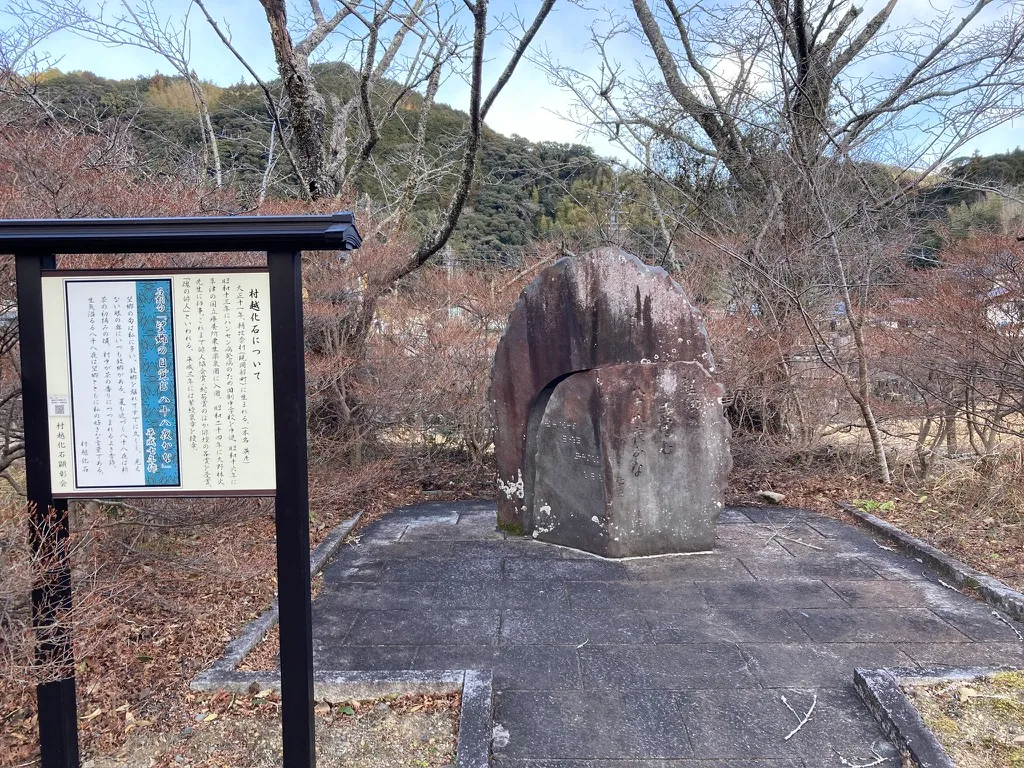
Now, get yourself together and buy tickets.
The place that sells tickets also has a lot of souvenirs, so you may want to shop here on your way home.
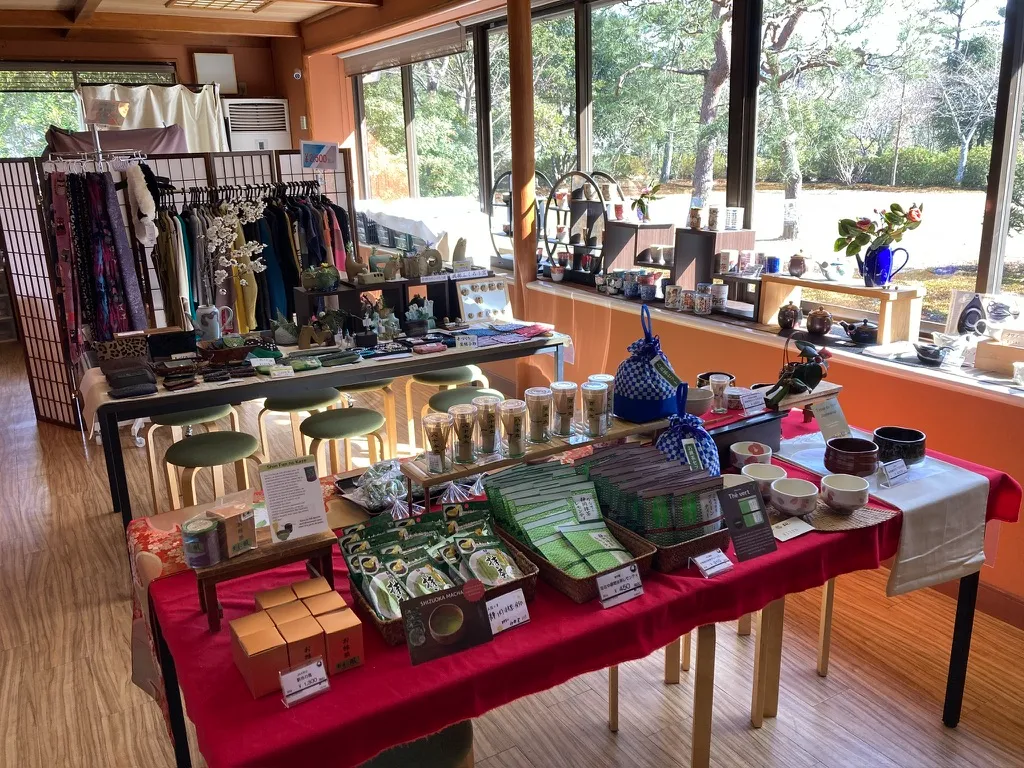
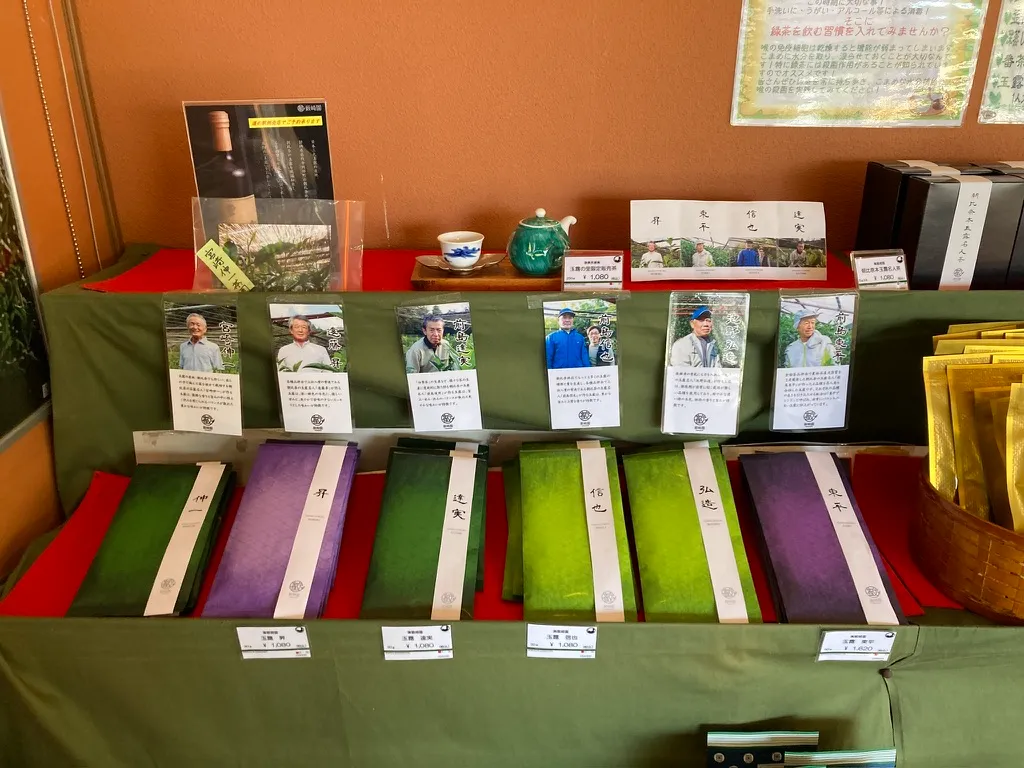
Buy a ticket and go further in~!
This garden is so heartwarming!
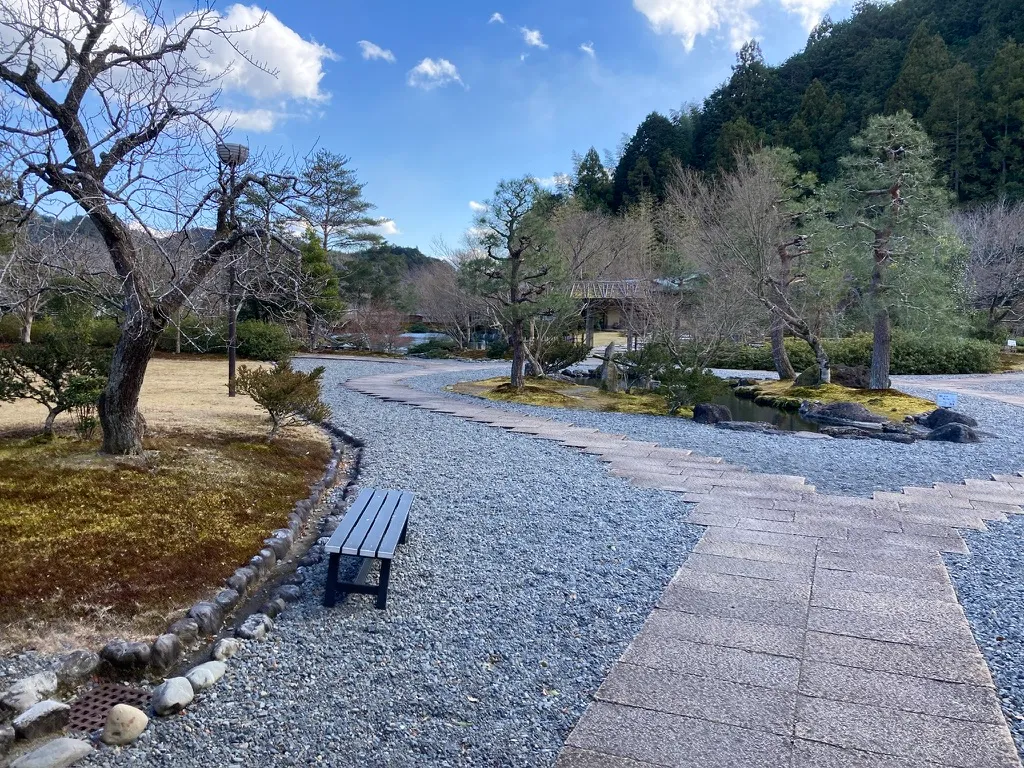
Please take a look at the outside of the tearoom where tea is served.
That building is the tea room. The location looks like it could be in a movie.
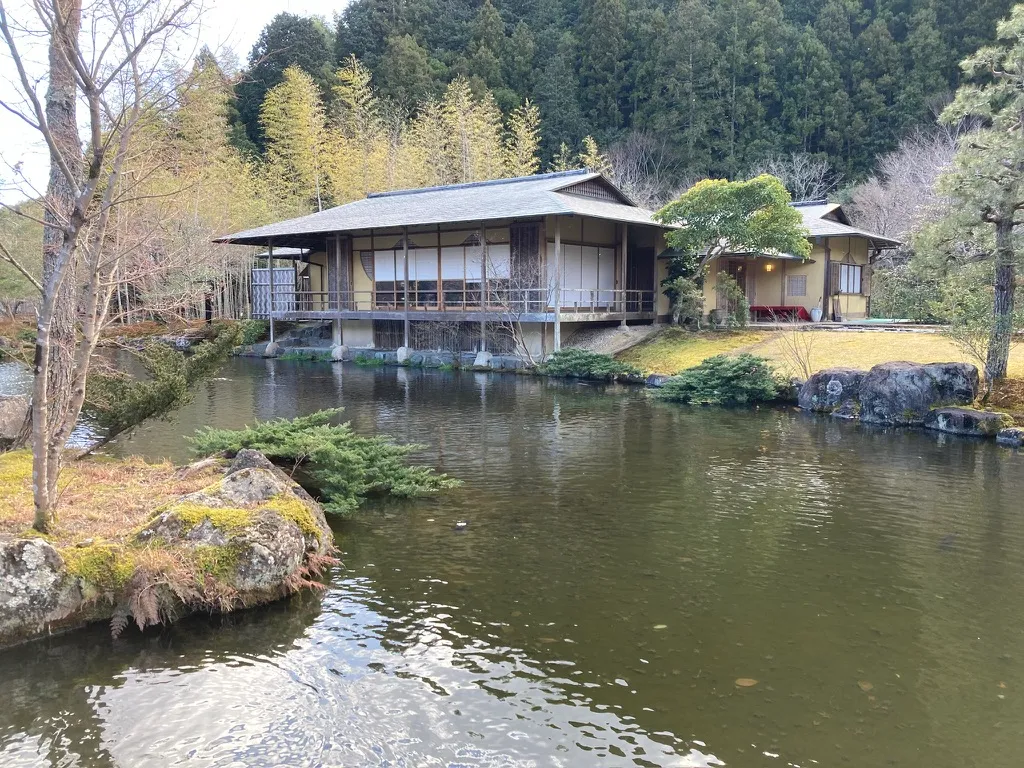
Let’s go to the tea ceremony room.
First of all, when you enter the entrance, you will see a beautiful courtyard.
Oh, my God…Japan! Japan!


And this is what the tea room looks like where tea is served.
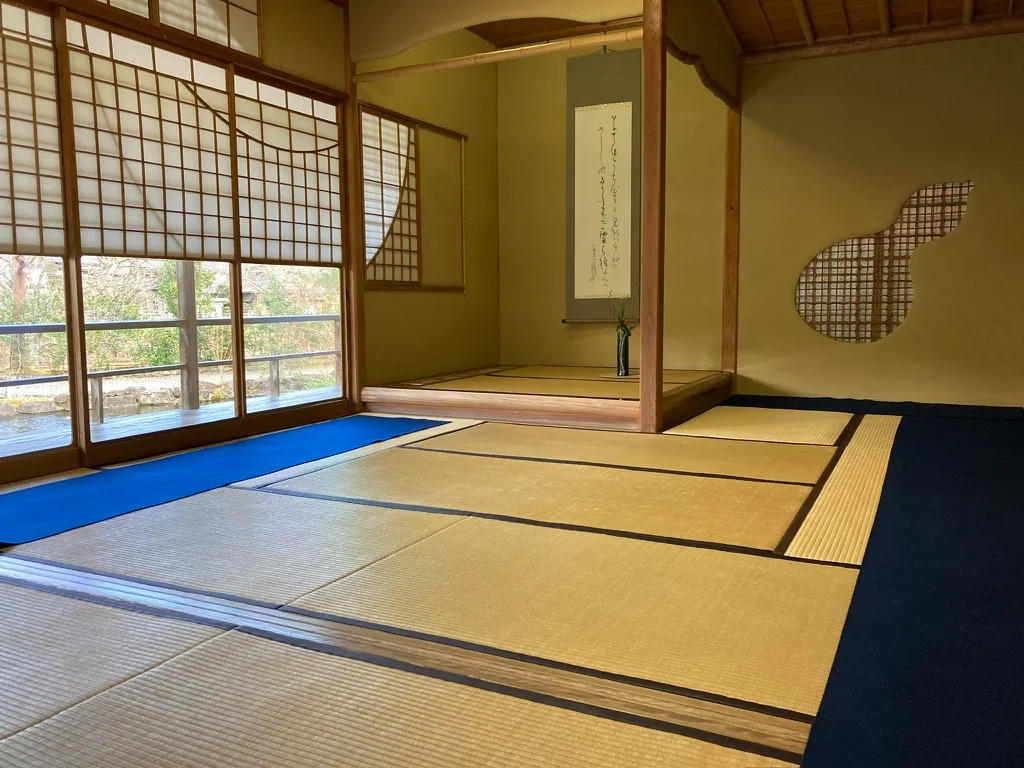
You will be carefully guided by a kimono-clad person and receive sweets first. After that, you will be served matcha (powdered green tea).
It seems to be the etiquette to eat up all the sweets first and then have the tea.
But it is so simple that it worries me.
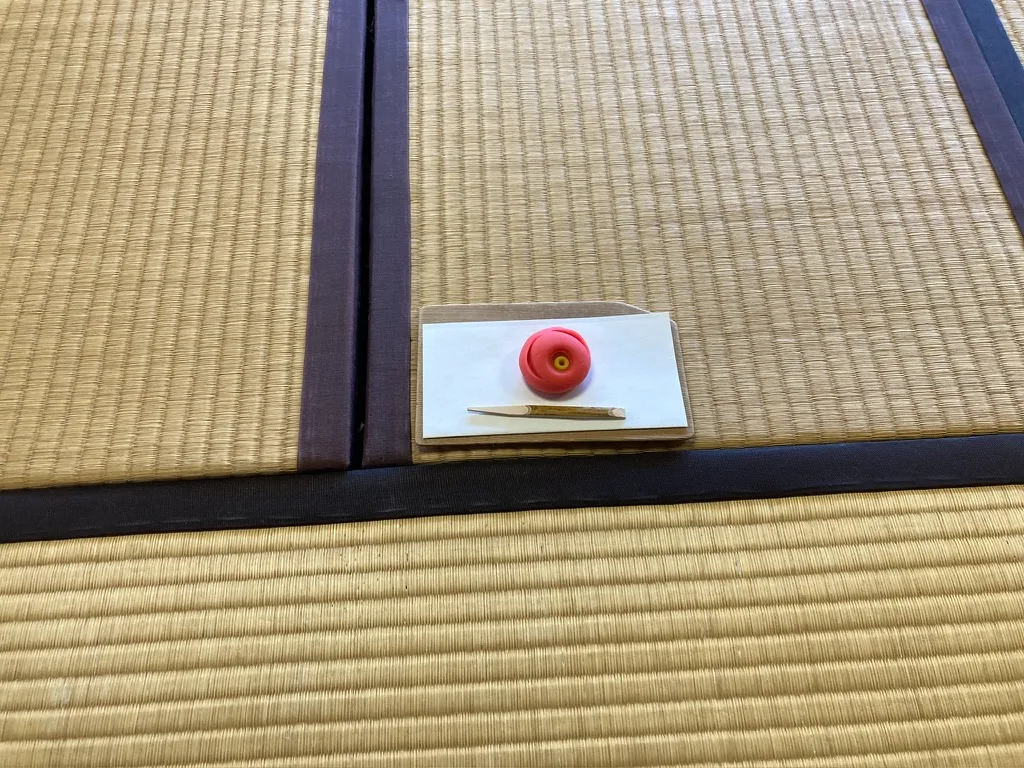

There seem to be many different ways to serve it, but the basic idea is to place the bowl firmly in the palm of the hand and turn it clockwise twice, avoiding the front of the bowl.
To enjoy the Gyokuro no Sato, you cannot miss this “Hyogetsu-tei” restaurant.
Chanohana-tei 茶の華亭
The next stop is Chanokatei, located at a roadside station. There is a restaurant attached to the souvenir shop.
Gyokuro croquettes, gyokuro dorayaki, and something else were recommended.
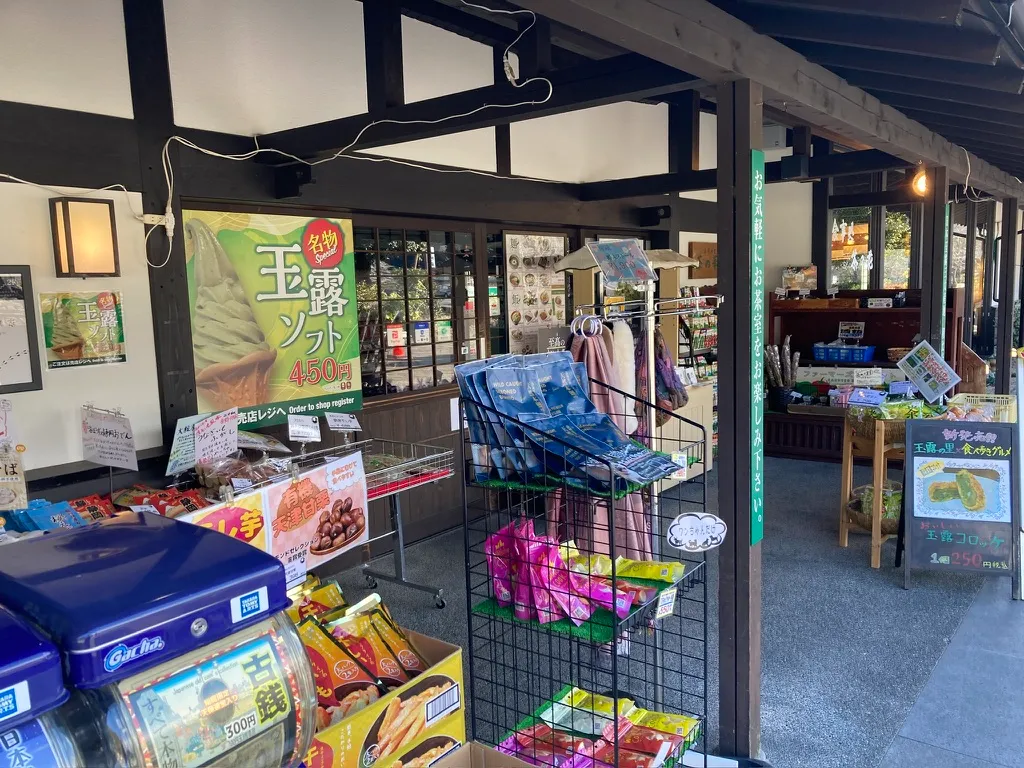
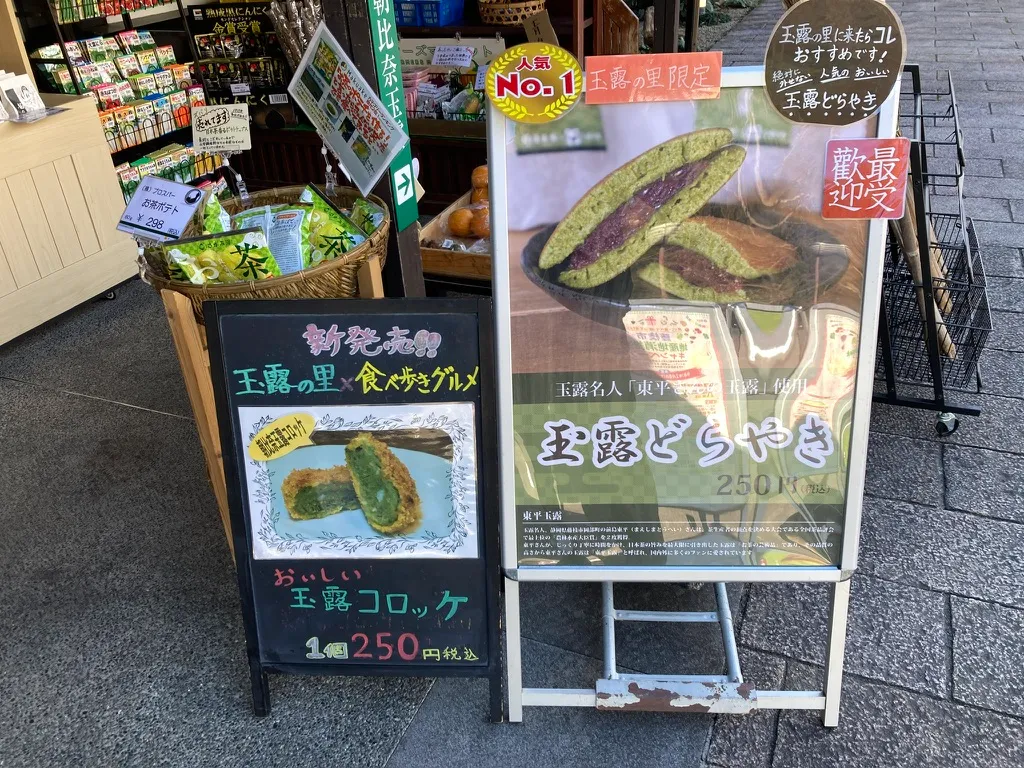
They are famous for their gyokuro soft serve ice cream and soba noodles with matcha green tea kneaded into them.
I didn’t go inside due to time constraints, but there seems to be a cafe on the second floor.
Asahina Ryusei and Insect Museum
Finally, as a bonus, I would like to briefly introduce the inside of the Asahina Ryusei Insectarium.
Fireworks tied to a bamboo pole are called “ryusei,” and the origin of this term seems to date back to the Warring States period. It is said that they were used for communication.
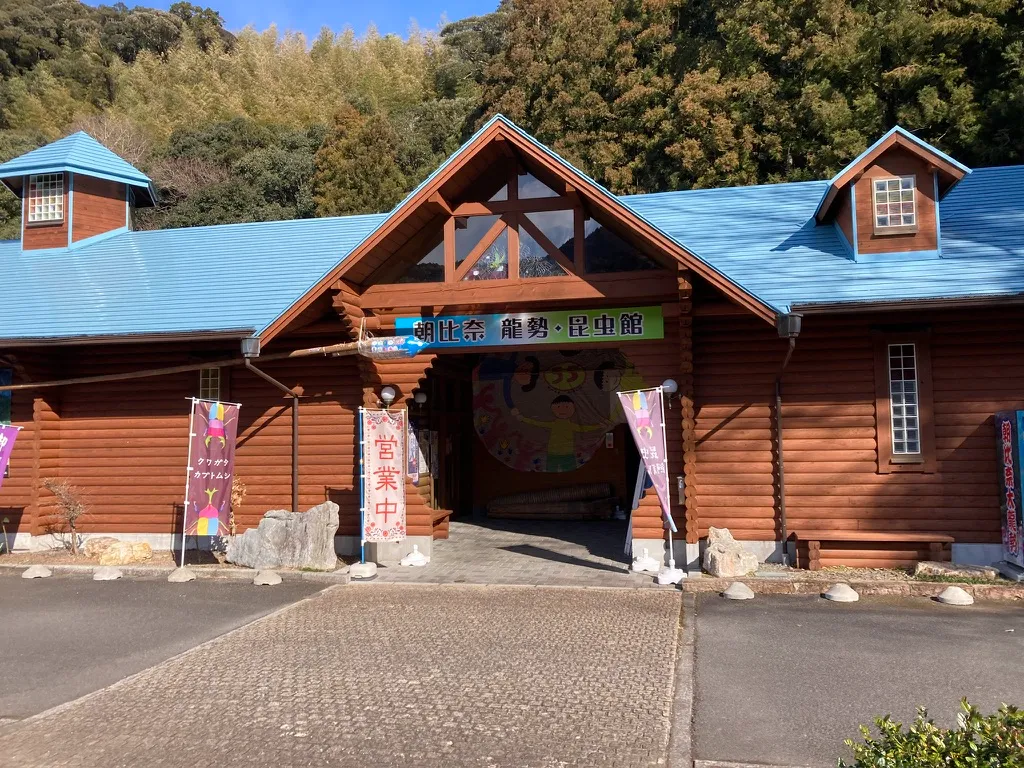
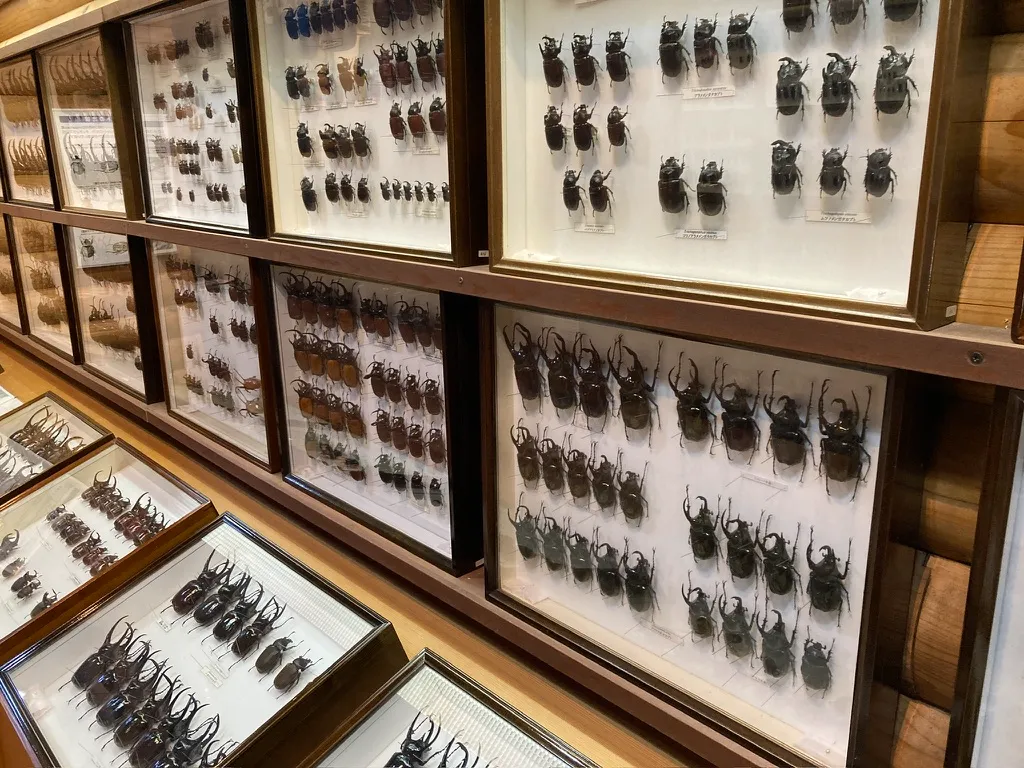
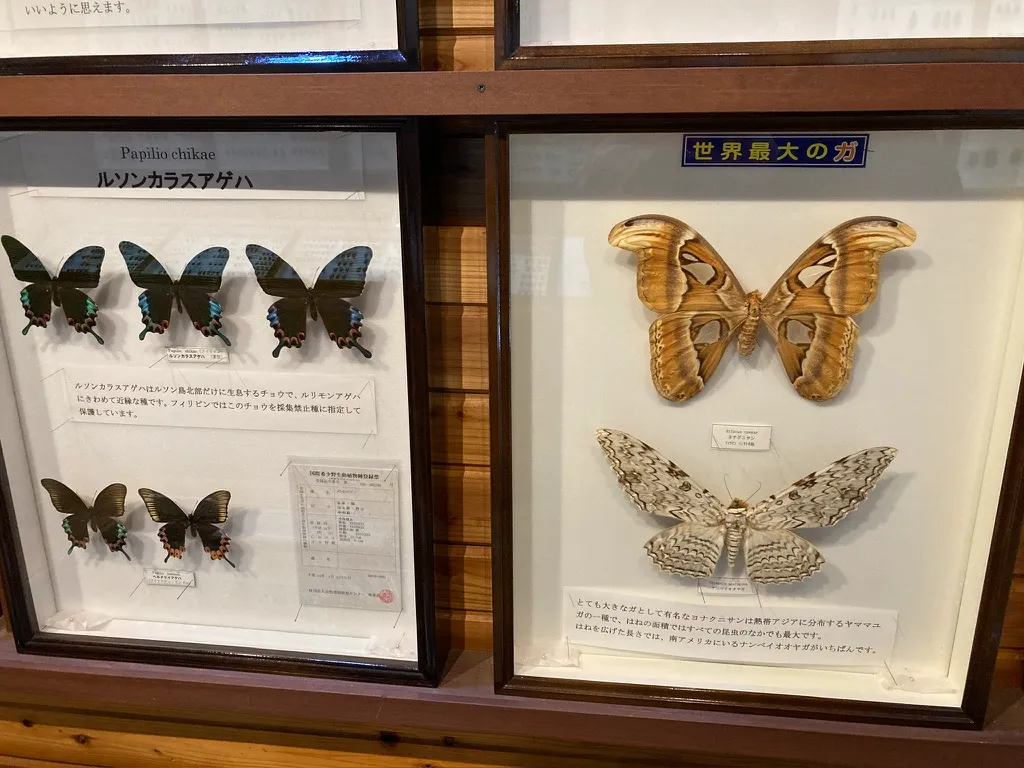
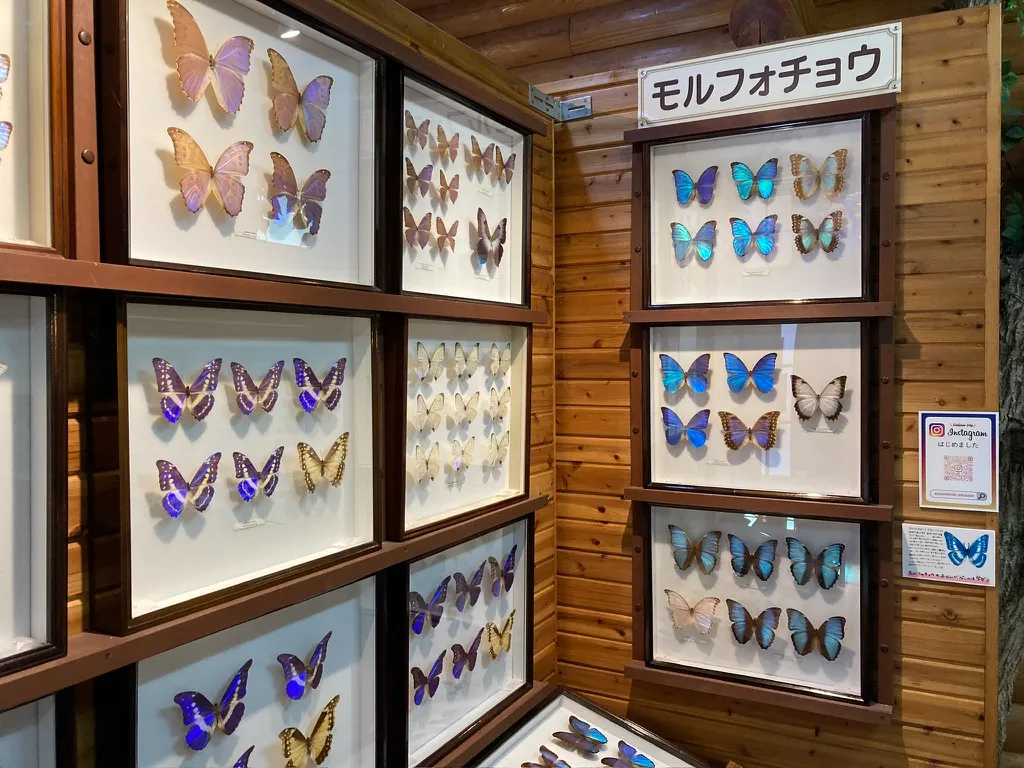
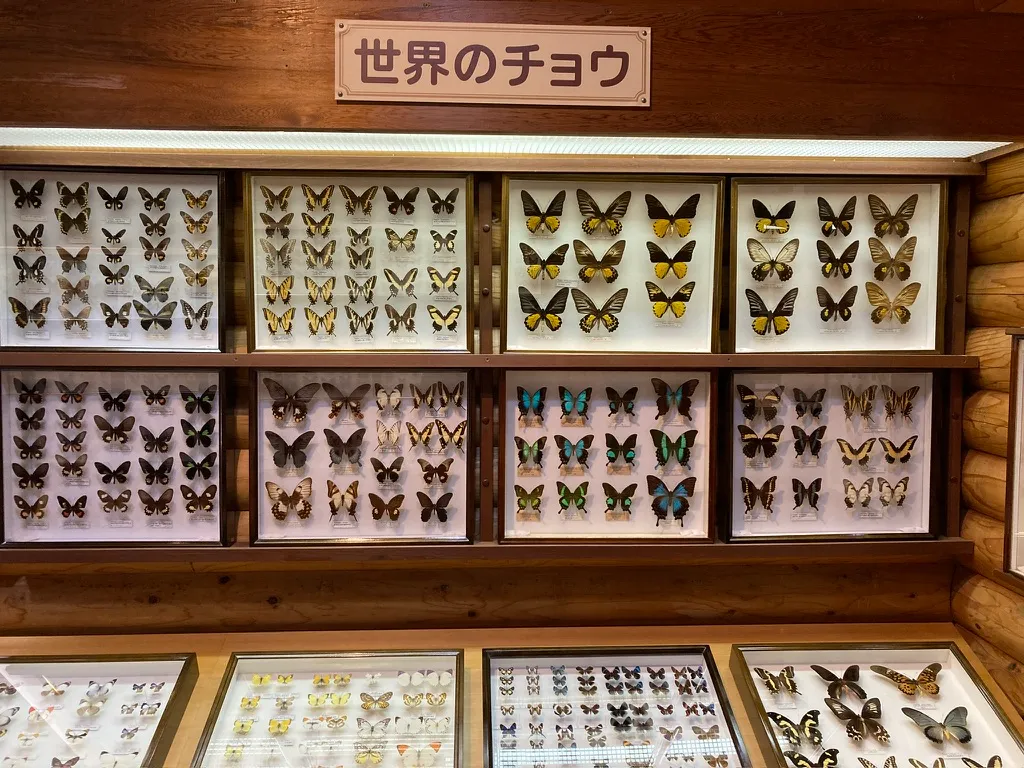


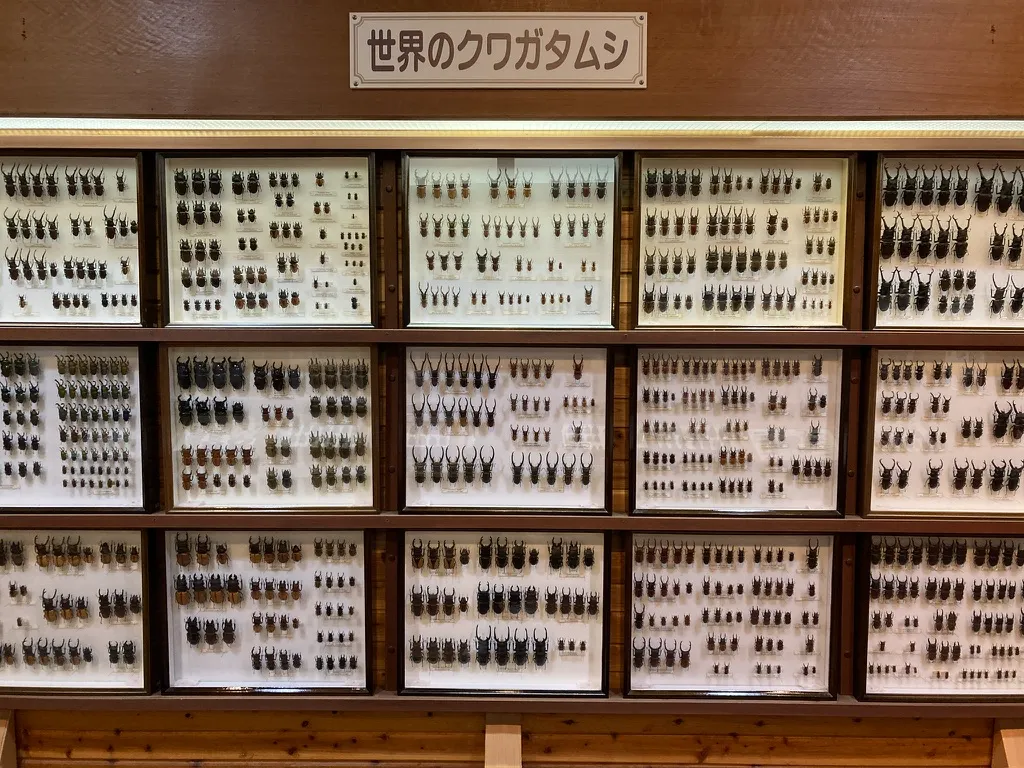
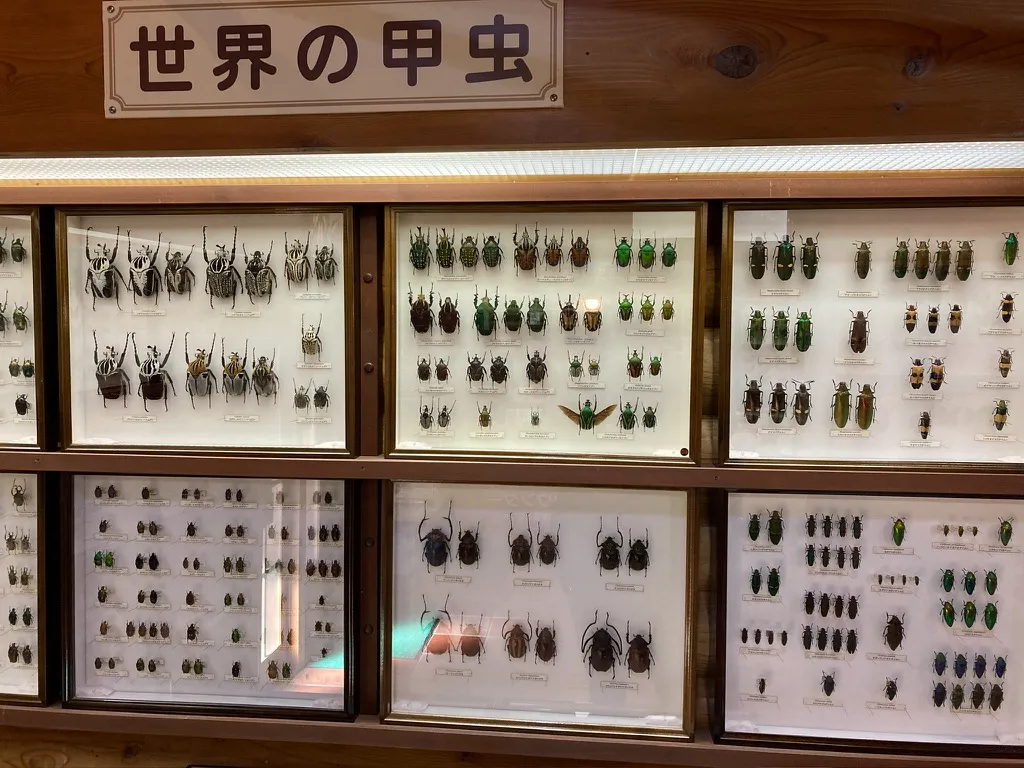
In the same building, there is an introduction corner for Ryusei Asahina.
If you ask the staff, they will show you a video of Ryusei.
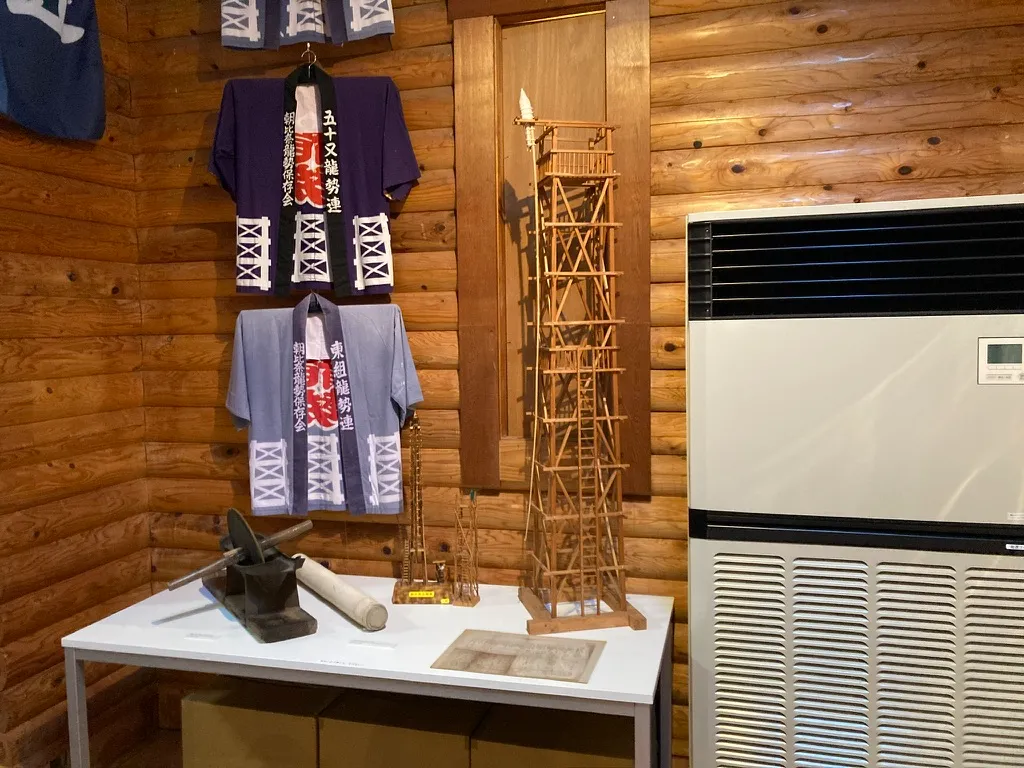

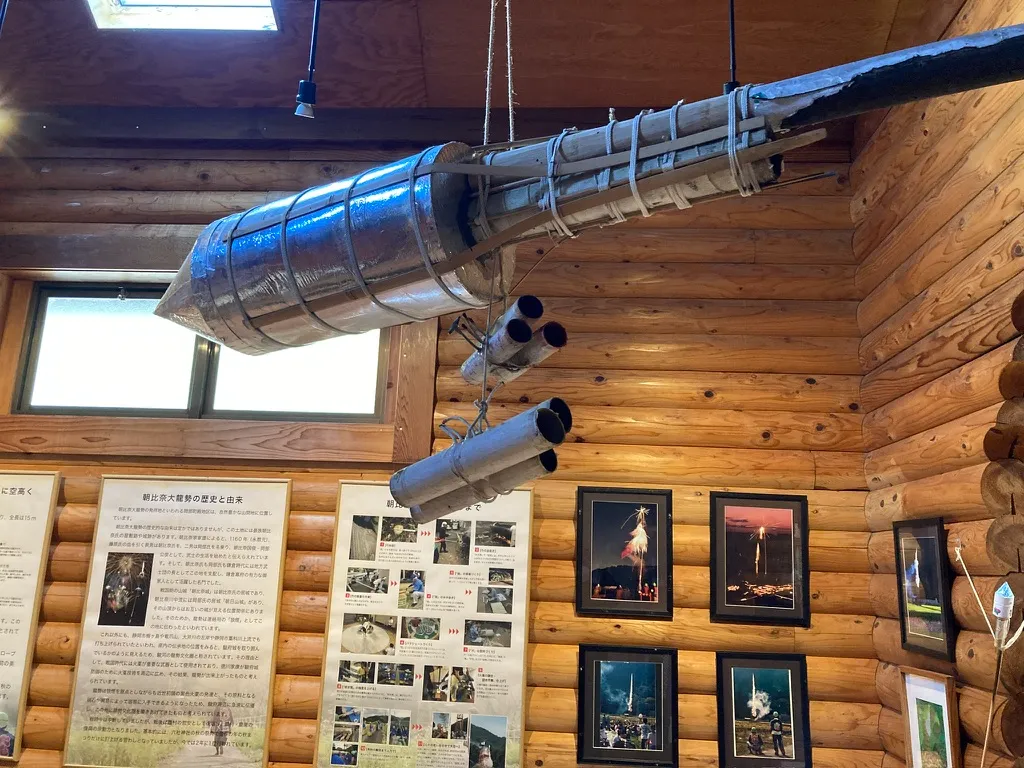
The above was mainly an introduction to the tea house, “Gyokuro-no-sato” ~.
Bye bye!
Name: Gyokuro no Sato (Asahina Ryusei, Insectarium)
Hours of operation:
Tea ceremony room, Hyogetsu-tei/9:30-17:00 (Admission by 16:30)
※Opening hours may change during winter.
Chanokatei and Product Pavilion: 9:00-17:00
※Hours may change during the winter season.
Chanokatei / Restaurant / 11:00 – 15:00 (last order 14:30)
Rabbit’s Lair (2F) / 11:00 – 15:30 (last order 15:00)
Asahina Ryusei Insectarium / 9:30 a.m. – 4:00 p.m.
Fee:
Hyogetsu-tei Tea House / 510 yen (gyokuro or powdered green tea with tea cakes)
Asahina Ryusei Insect Museum / Adults 300 yen, Children 200 yen (3 years old to junior high school students)
Closed:
Gyokuro-no-sato / Year-end and New Year holidays (December 28 – January 2)
Asahina Ryusei, Insectarium / Mondays and Thursdays (open on national holidays)
TEL:054-668-0019
Address: 1214-3 Shinfune, Okabe-cho, Fujieda-shi, Shizuoka-ken 421-1115


